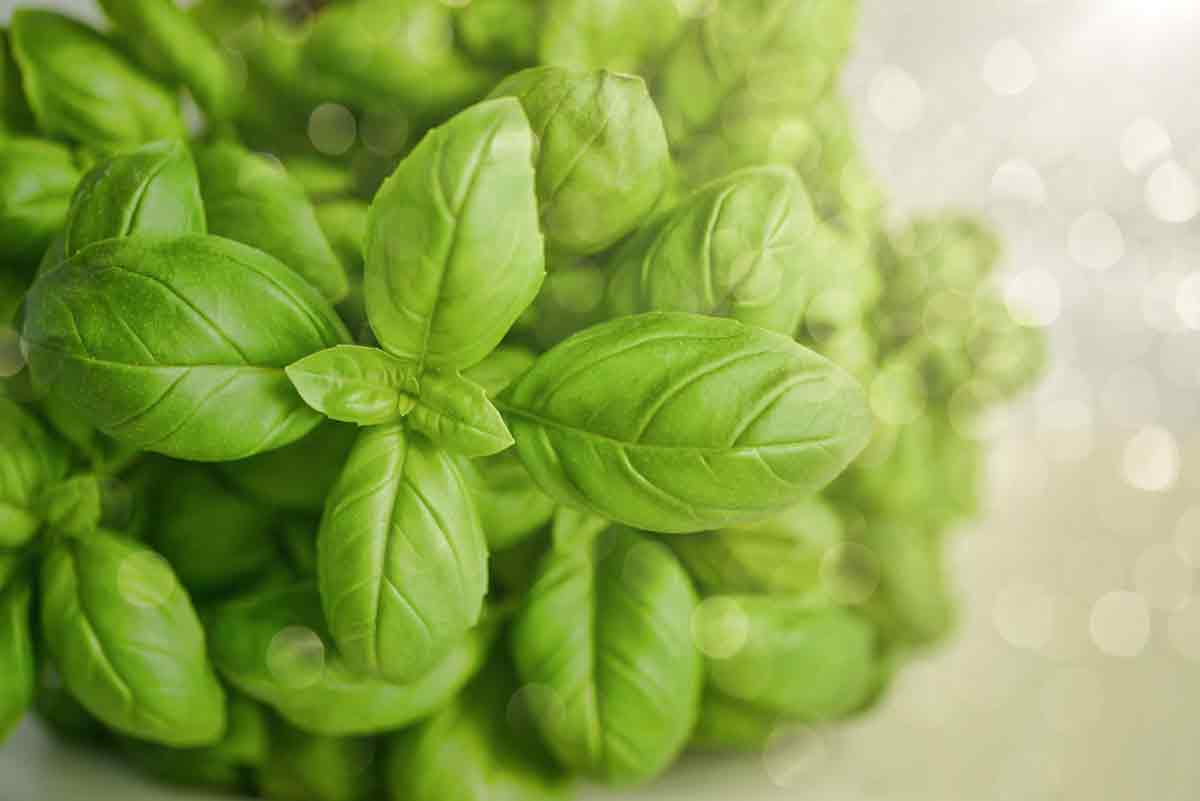
If you’re a design lover, you know that bringing the outdoors inside can have a positive impact on your well-being. Beyond the aesthetic benefits that plants offer, they can help relieve stress and purify the air.
If you’re looking for a fun and easy way to incorporate more greenery into your space, an herb and vegetable garden is the perfect option.
Even the most novice cooks know that, somehow, a homemade dish becomes even more delicious when your greens are the star of the plate. Eliminate plastic-wrapped oregano and wilted basil from your life, which you find at the supermarket, and consider these expert gardening tips.
1. Parsley
This versatile and mild herb works well in everything, from salads to meat dishes. When planting, choose a container that is at least 15 cm deep and has drainage holes. As gardening soil is not ideal for pots, one solution is to use fertilized soil. Remember that this vitamin-rich herb needs the brightest possible sunlight (five hours a day) to grow well.
2. Chives
New to indoor gardening? Start with chives. They grow quickly and are a compact plant, so they are good for apartments or other small spaces. Even when you cut the chives at the ground, they sprout quickly again. If you let the chives grow, they will start to bloom with purple flowers that look good in soup or with potatoes.
Chives need lots of sunlight and water. Make your potting soil “heavier” (help it retain more moisture) by mixing in some store-bought compost.
3. Rosemary
Warning: This plant can get unexpectedly large. Especially if you live in a warm climate, a small rosemary bush can quickly grow and turn into a large bush. Prune it regularly to maintain an ideal size. It may be necessary to replace it every three years, say, if the stems become too woody.
And if you need to replace a rosemary bush, plant new plants from the mother plant. You can take some cuttings, dip them in a product called rooting hormone powder, and they will really root so you can create your next generation of plants from the mother plant.
4. Basil
It’s best to take this Mediterranean herb to your balcony during spring and summer for extra sun and, as a result, a higher yield. If that’s not an option, try a variety with smaller leaves, like spicy globe basil. You’ll just need to use more in your cooking preparations for flavor. When it’s time to harvest, prefer mid-morning when the herbs have the most essential oils. Keep it fresh by storing the cut leaves in water until you’re ready to cook.
5. Oregano
Oregano is the reigning herb of Italian food, but for the greatest flavor and aroma, invest in Greek oregano (the variety will be specified on the label). Oregano is a trailing plant, so plant it at the edges of the pot if you’re sharing the container with other herbs. It will slowly grow along the edge, leaving more space to plant other greens in the middle of the container.
6. Mint
Mint should have its own pot separate from other plants, or it will invade everything else that shares its space. You can cut the leaves frequently and they will continue to grow. To keep it growing happily, you will probably have to replant it when it becomes too dense.
7. Thyme
This herb adds nice flavor and color to both the environment and the dish. Some varieties have variegated leaves, some leaves have yellow on the edges, which is good for aesthetics. Try the different varieties of thyme, like lemon thyme and orange balm.

